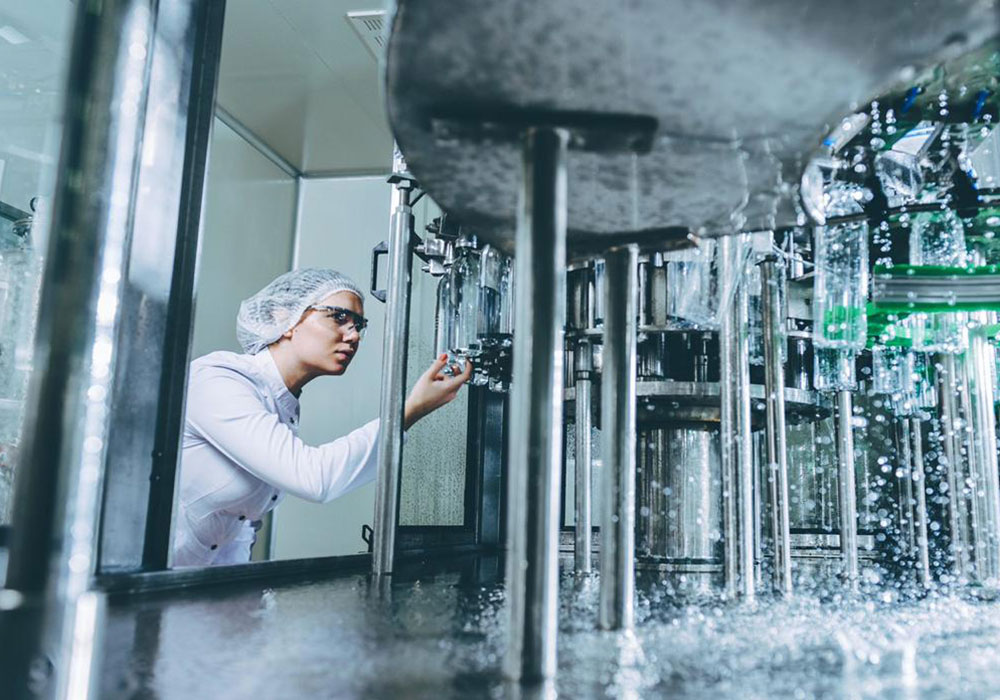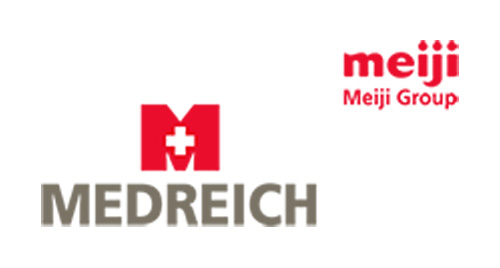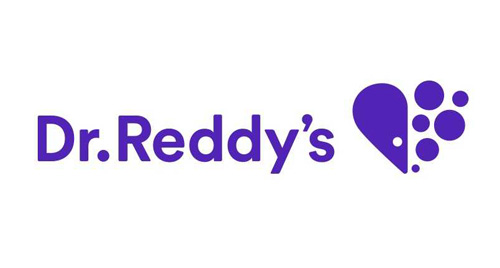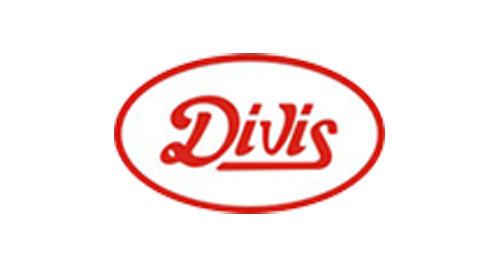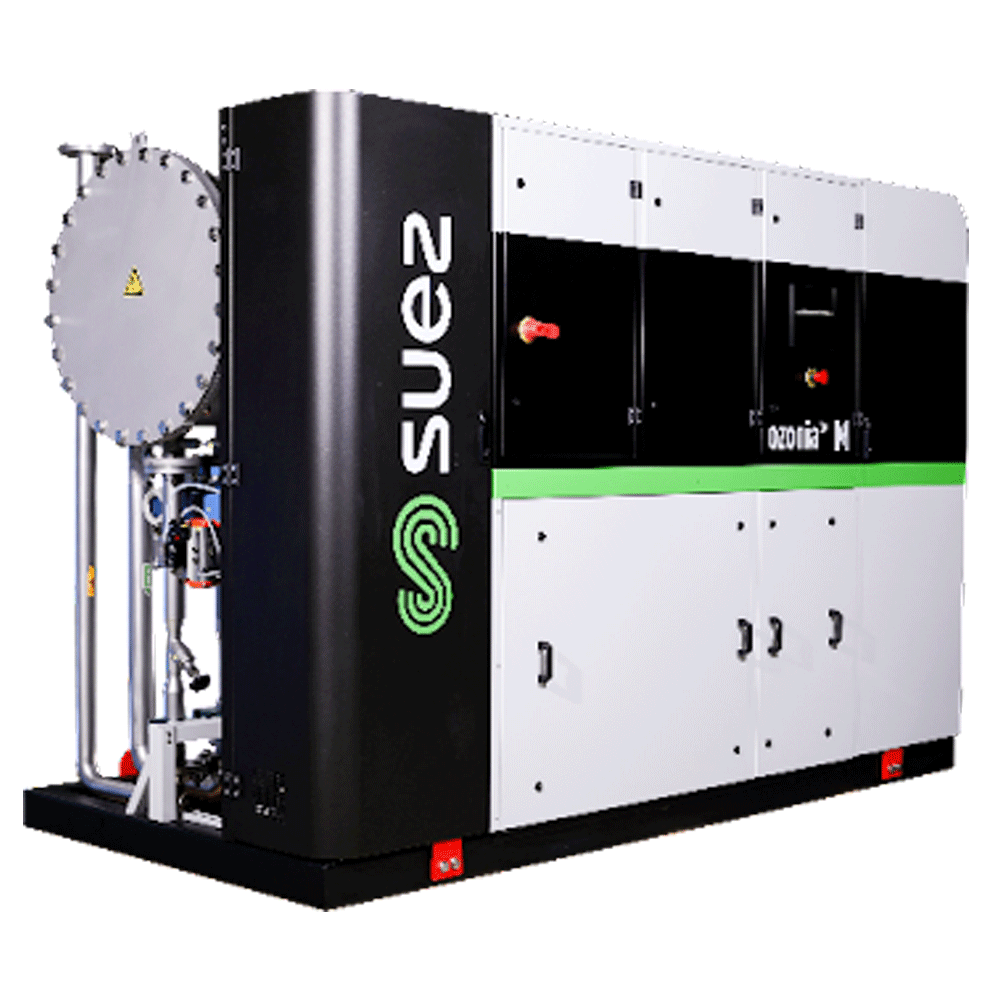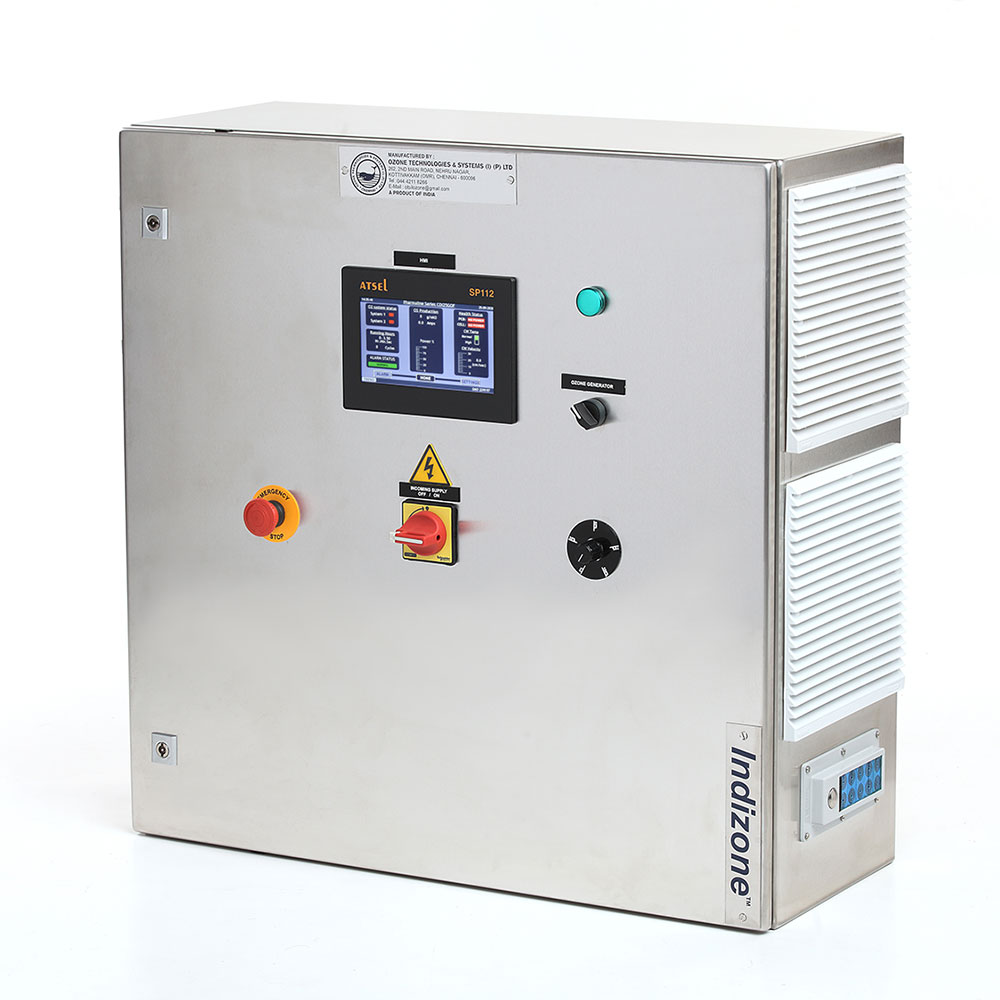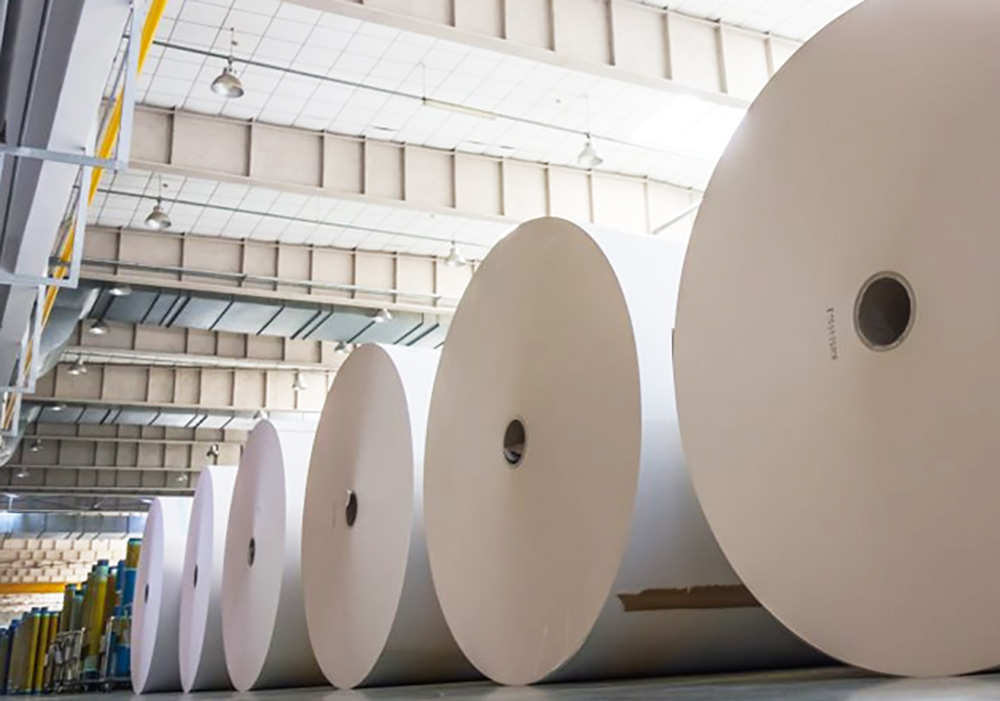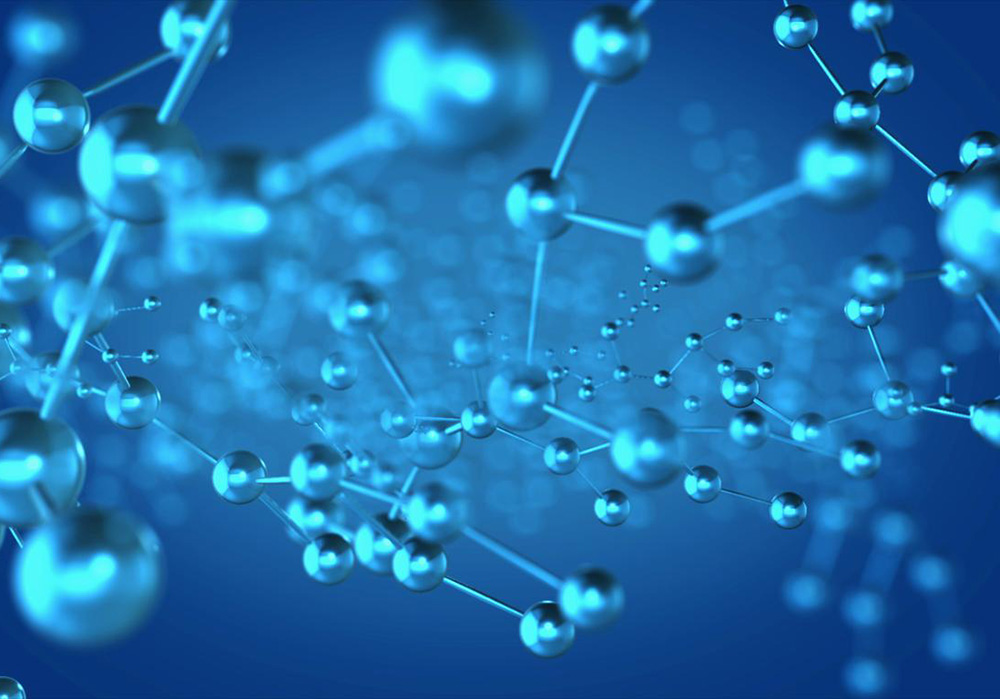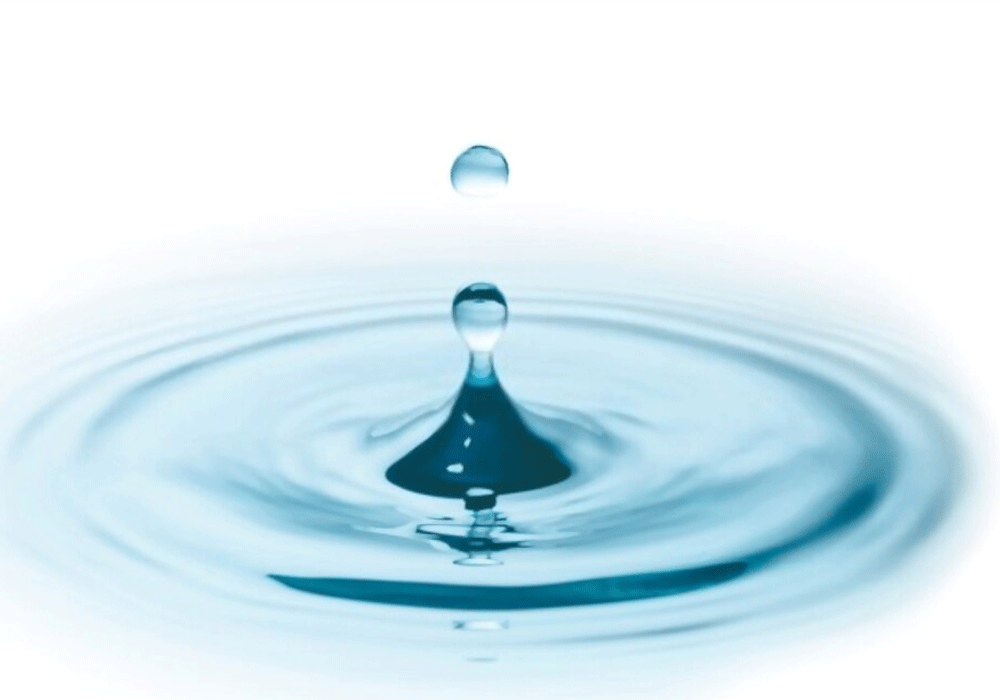- Home
- »
- Applications
- »
- Pharma-Grade Water & Process Water
Pharma-Grade Water & Process Water
- Ozone is the only viable treatment for guaranteed pseudomonas removal
- Best available treatment (BAT) for pathogen removal, as there is no resistance development over time
- Smaller tank sizes
- High return on investment due to zero down time, lower chemical and maintenance cost
- Process water treatment in pharmaceutical companies, Food and Beverage industries, chemicals and allied industries assume a very important role in maintaining standards that are very stringent. Apart from the common contamination such as coliforms, streptococcus species, one very major contamination that the industry dreads is the contamination by pseudomonas species. Strains of Pseudomonas aeruginosa are often seen to survive chlorination on three out of seven occasions. These strains have also been noted to be resistant to almost all the antibiotics tested.
The sources of water in most industries are from sources outside and unknown to them. This water is treated and used for all purposes including advanced treatment process for all process water applications. Pseudomonas can pass through even advanced treatment process and emerge in the final product water. As these ordinary treatment processes continue, there is a formation of bio film in all the water pipes. Conventional bio film removal process such as CIP with Hydrogen peroxide, per-acetic acid or even steam have not found to be too effective against Bio film removal .These biofilms provide safe haven to most of these opportunistic bacteria and they proliferate when opportunity arises. The locations that has been identified are areas especially where there are increased storage facilities, and in areas where chlorine residuals are removed with SMBS.
Ozone is very effective against gram negative bacteria because of its mode of action. Ozone is the only viable treatment option for pseudomonas removal
Ozone destroys bio-fouling material on the inner surfaces of the pipes and tanks, hence prevents subsequent proliferation of these bacteria and exposes them to ozone action.
FAQs
Several factors can affect the Ozone dosage in pharmaceutical water applications, including the type of pathogen targeted, water temperature, water pH, tank size, organic matter content, and flow rate.
Different pathogens, like Pseudomonas, require specific Ozone CT (concentration x time) values to achieve a targeted log reduction. The Ozone dosage must be tailored to the pathogen of concern.
Ozone’s half-life decreases at higher temperatures. Consequently, higher Ozone dosages are needed to achieve the same Ozone CT in warmer water.
Ozone’s half-life decreases at higher pH levels. Therefore, a higher Ozone dosage is necessary to achieve the same Ozone CT in water with elevated pH.
In larger contact tanks, efficient mixing systems become crucial. Larger tank sizes typically necessitate higher Ozone dosages to ensure effective treatment.
Organic matter in the water consumes Ozone, so higher Ozone dosages are needed to compensate for immediate Ozone consumption.
Yes, as the flow rate of water increases, the required Ozone dosage also increases to maintain effective treatment.
Yes, there are various other factors that can influence Ozone dosage in pharmaceutical water applications. It is advisable to consult with an Ozone expert when designing the treatment scheme to consider all relevant factors.
OTSIL has extensive experience, having executed over 150 projects specifically for Pseudomonas removal in pharmaceutical water. They can offer valuable insights and solutions for your pharmaceutical water treatment needs.



